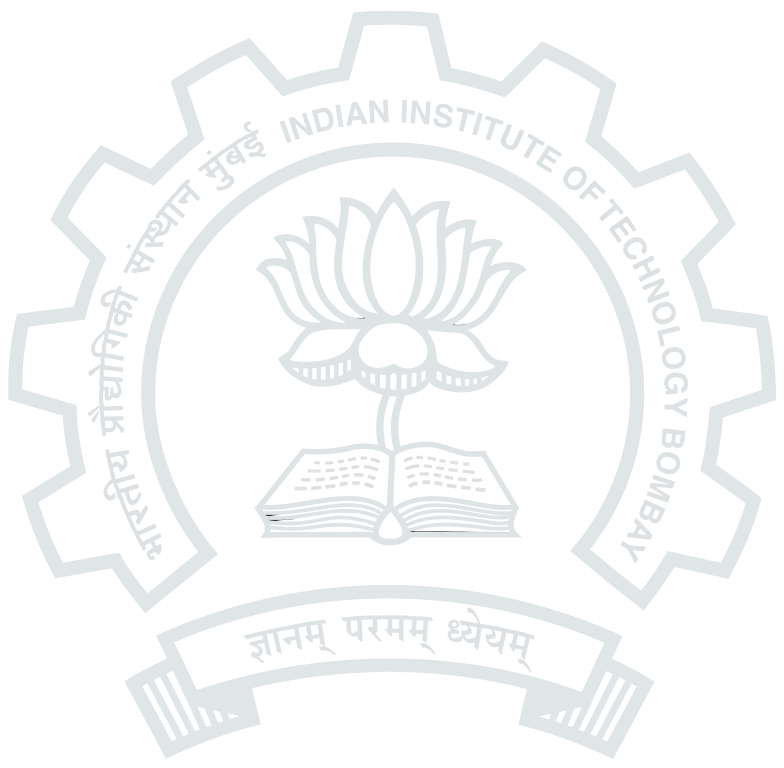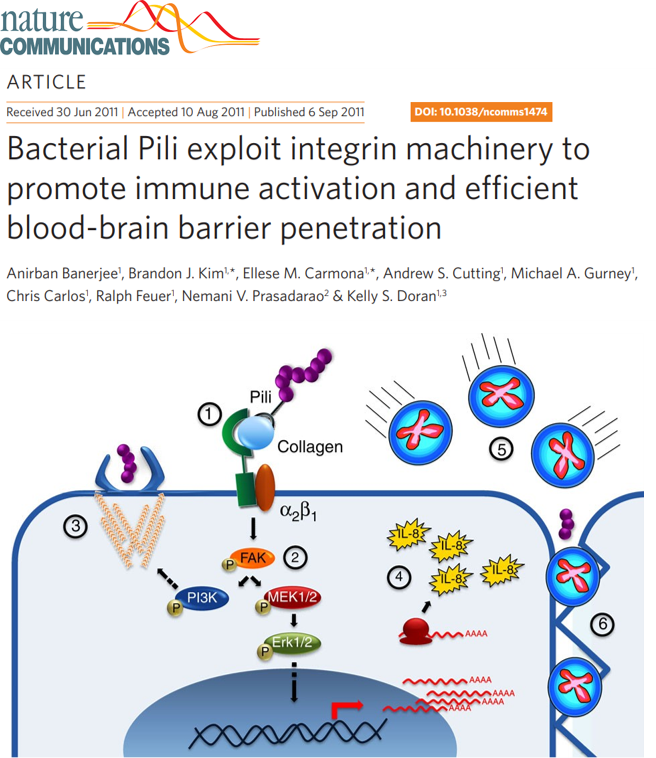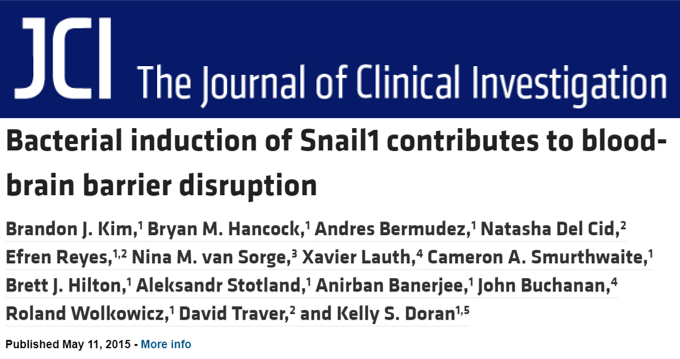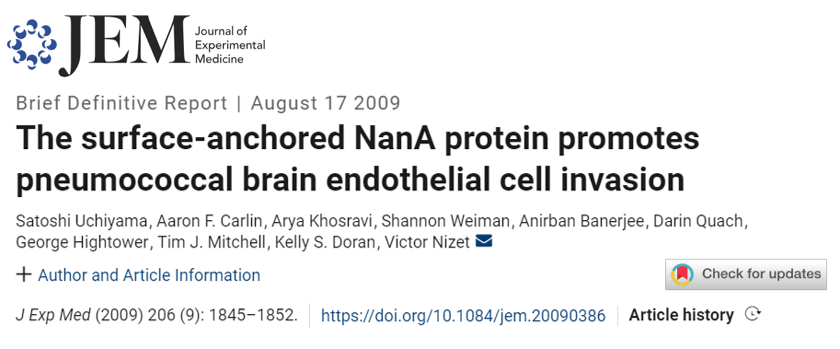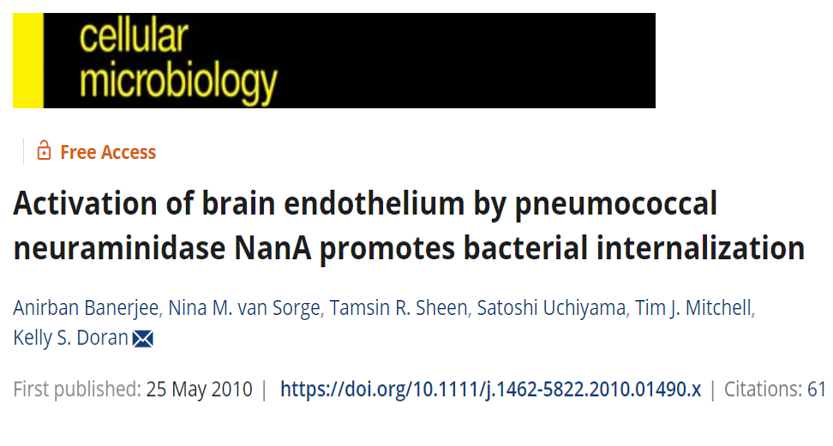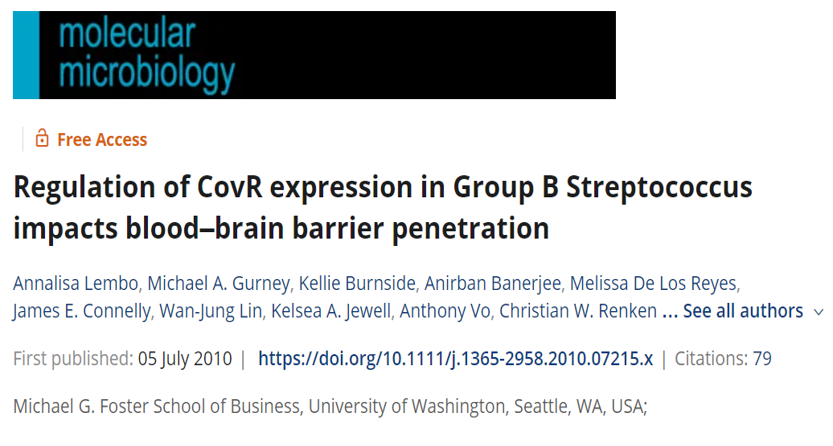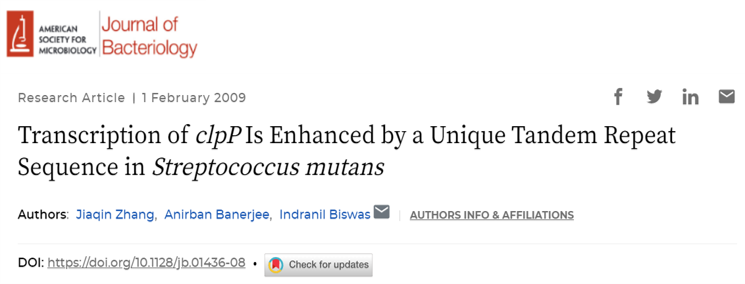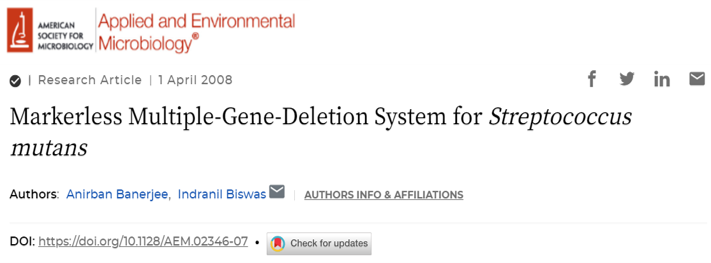PUBLICATIONS
Works from IIT Bombay
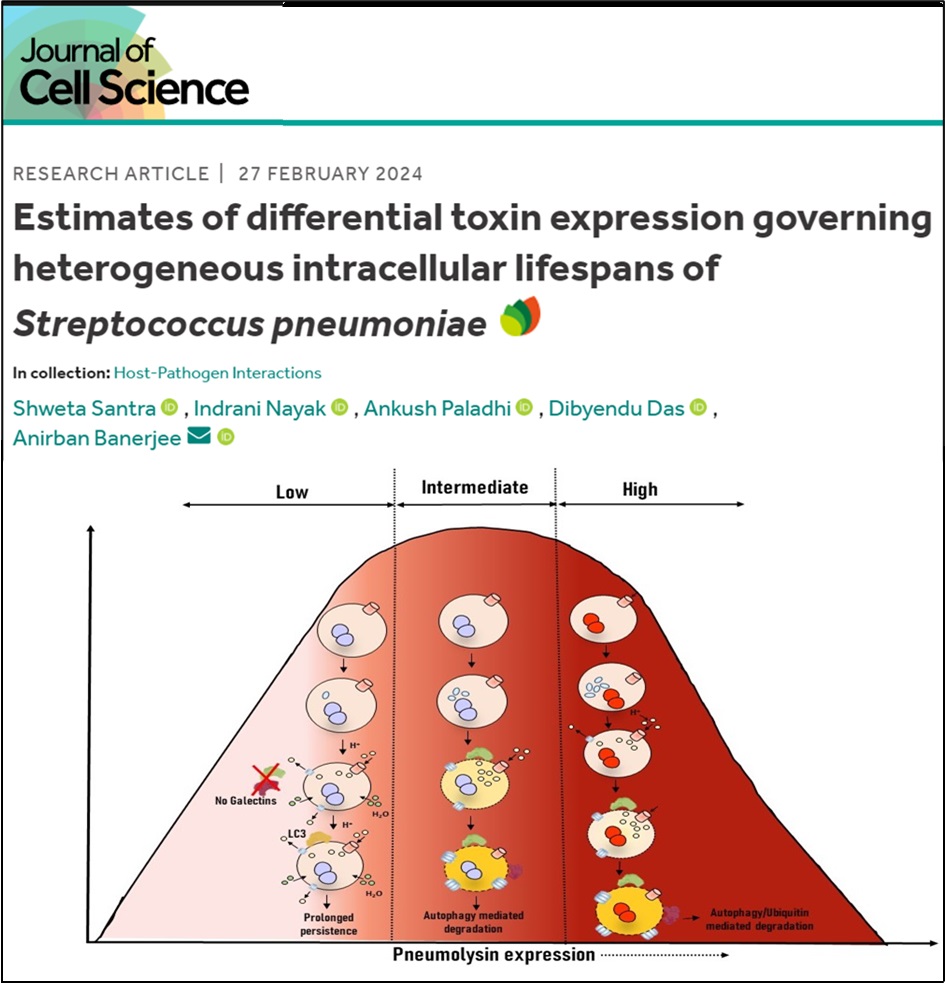
•In this paper with the help of theoretical modelling we have shown Ply production rate, burst size, etc. We have unveiled that the bacteria Streptococcus pneumoniae try to survive inside host cells by manipulating their own toxin expression. Collectively, we present a general method by which intracellular lifespans of pathogens could be correlated to differential levels of toxins that they produce.
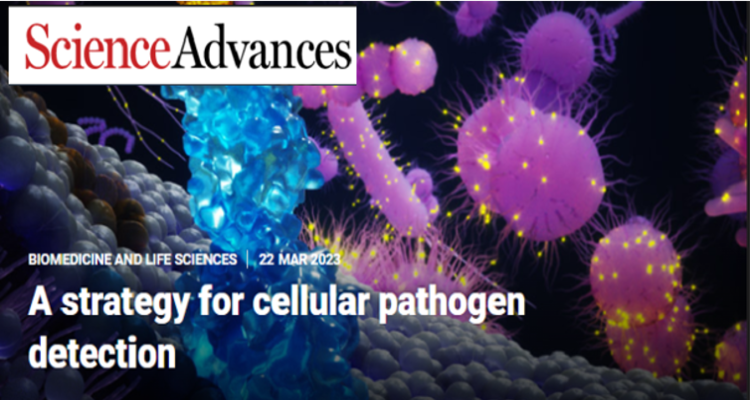
•Apte S, Bhutda S, Ghosh S et.al., Science Advances ’23
•In this publication our group has identified first ever bacterial substrate, that gets ubiquitinated by the host cell machinery, eventually aiding in its clearance from host cytosol. With the use of distinct lineage of bacteria, this machinery has been established as an generic mechanism applied by the host to tackle cytosolic pathogens.
*(This article has been selected by Science Advances as “Featured Article in Biomedicine and Life Sciences section” for 22nd March ’23 issue).

•In this paper we have discovered an AAA-ATPase, p97 having direct bacterial killing activity. This is achieved by the membrane-lytic activity of p97 which was not known earlier.
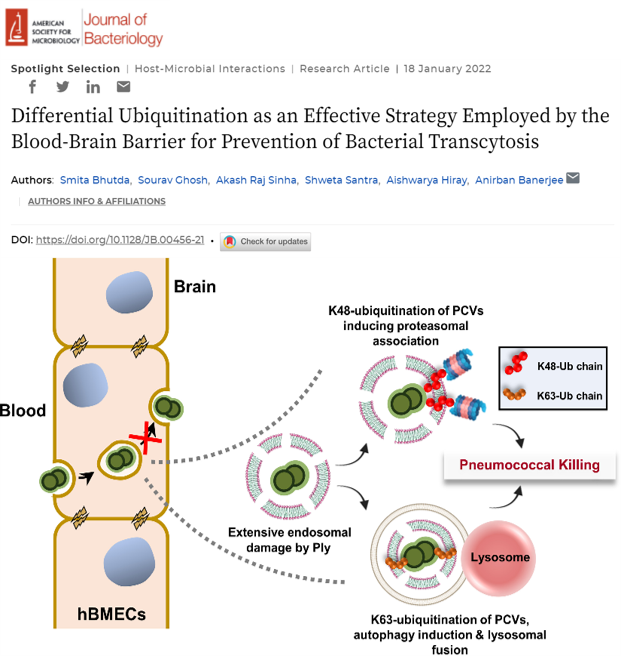
•Bhutda S et.al., Journal of Bacteriology ’22
•This article, for the first time, illustrated a pivotal role of differential ubiquitination deployed by BBB in orchestrating a symphony of intracellular defense mechanisms for interception and degradation of S. pneumoniae, blocking its entry into the brain, which could be exploited to prevent bacterial CNS infections
*(This article has been selected by Journal of Bacteriology as an “Article of significant interest” for January’22 issue)
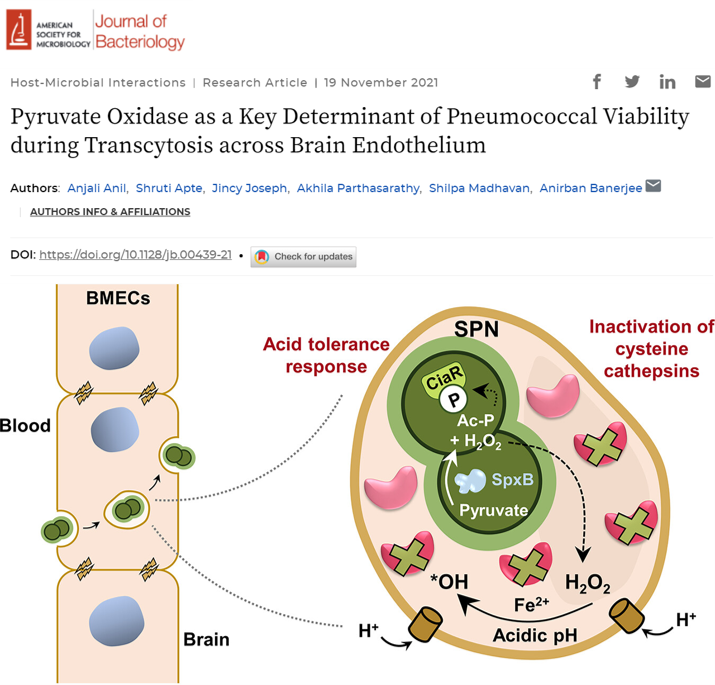
•Anil A et.al., Journal of Bacteriology ’21
•SpxB is one of the virulent factor from Streptococcus pneumoniae. Our studies establish SpxB as an important virulence determinant facilitating pneumococcal survival inside host cells, ensuring successful trafficking across host cellular barriers.
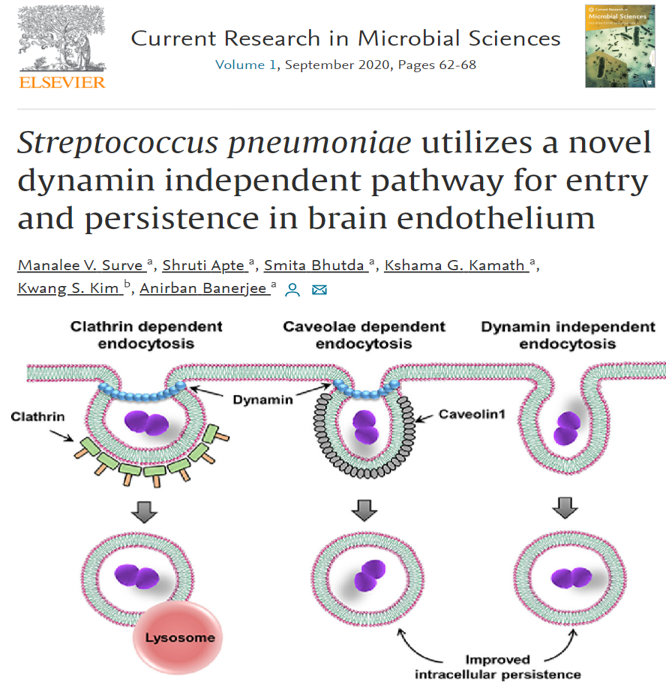
•Surve MV et.al., Current Research in Microbial Sciences ’20
•In this study, we have explored the contribution of various endocytic routes in internalization and survival of SPN in blood brain barrier (BBB), a key event in development of pneumococcal meningitis.
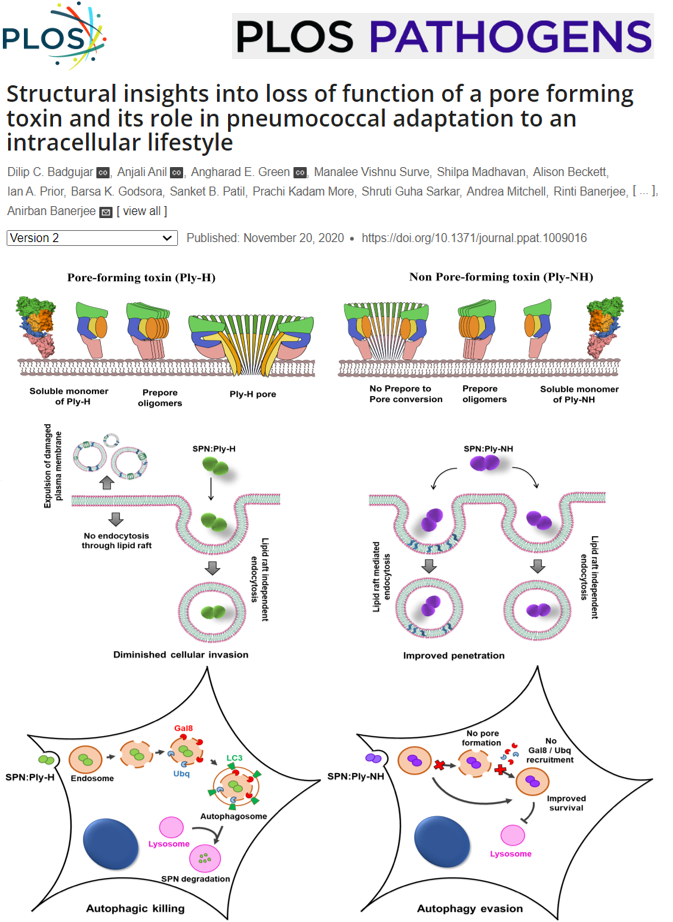
•Badgujar DC, Anil A, Green AE et.al., Plos Pathogens ’20
•Here, we uncovered a novel inter-molecular cation-π interaction inhibiting TMH formation. Loss of pore forming activity enabled improved cellular invasion and autophagy evasion, promoting an atypical intracellular lifestyle for pneumococcus, a finding that was corroborated in in vivo infection models.
*(This article has been featured as a Plos Pathogen “Kudos” article in April’ 23).
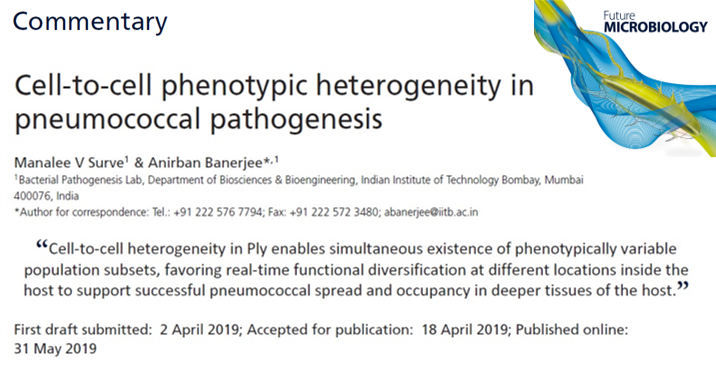
•Surve MV et.al., Future Microbiology ’19
•This review article sheds light into the phenotypic heterogeneity of pneumococcal pathogenesis which further leads to different phenotypic outcomes of this species.
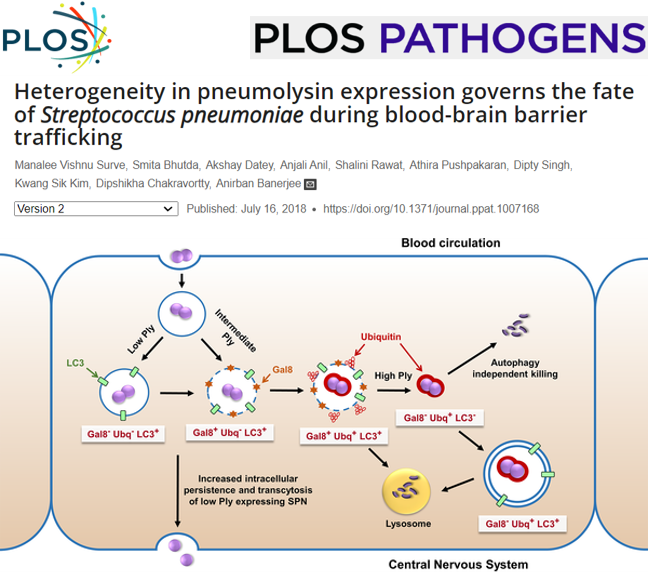
•Surve MV et.al., Plos Pathogens ’18
•Here We demonstrate that Ply mediated damage to pneumococcus containing vacuolar (PCV) membrane leads to recruitment of cytosolic “eat-me” signals, galectin-8 and ubiquitin, targeting SPN for autophagic clearance.
*(Featured article in PLoS Pathogens in July, 2018; Ranked as Best Life Science publication from India in 2018 by TNQ Technologies and Cell Press)
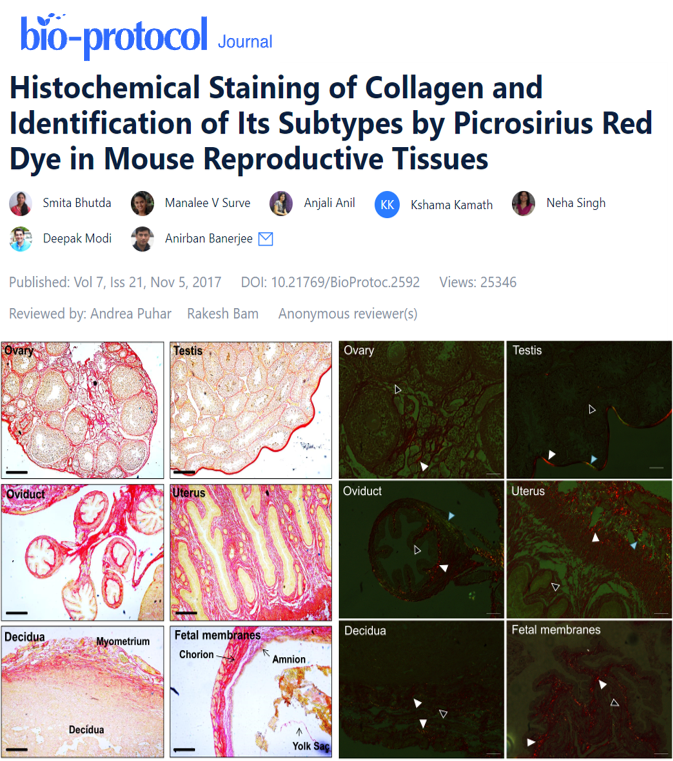
•Bhutda S et.al., Bio-protocol ’17
•The protocol in this article describes the histochemical method to stain total collagen by Picrosirius red stain which is a simple, quick and reliable method. This protocol can be used on paraformaldehyde (PFA) and formaldehyde fixed paraffin embedded tissue sections.
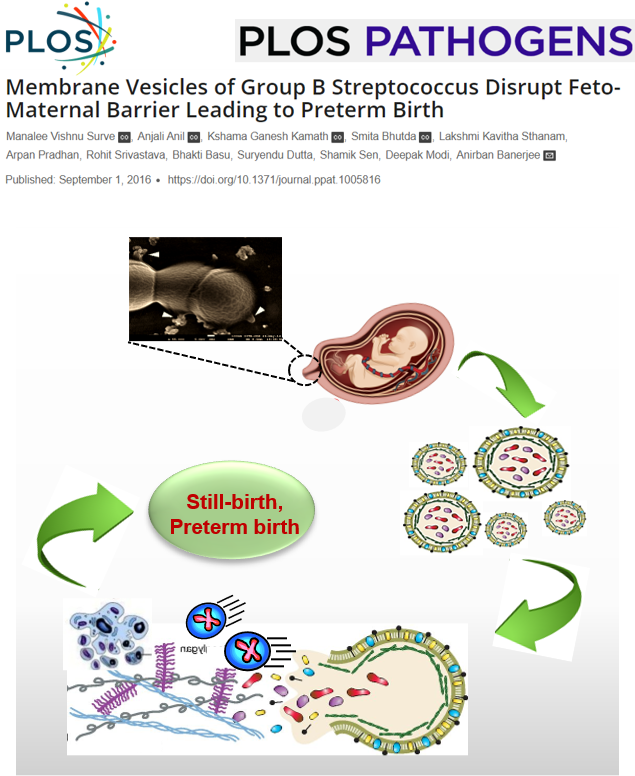
•Surve MV, Anil A, Kamath KG, Bhutda S et. al., Plos Pathogens ’16
•This first paper from the lab, explained how Group B Streptococcus disrupts the feto-maternal barrier that leads to preterm birth . This study solved one of major risk of preterm birth which exists in Indian population.
*(Featured article in PLoS Pathogens in Sept., 2016; Ranked in the top 50 paper published in PLoS Pathogens in 2016)
Works Prior to IIT Bombay
